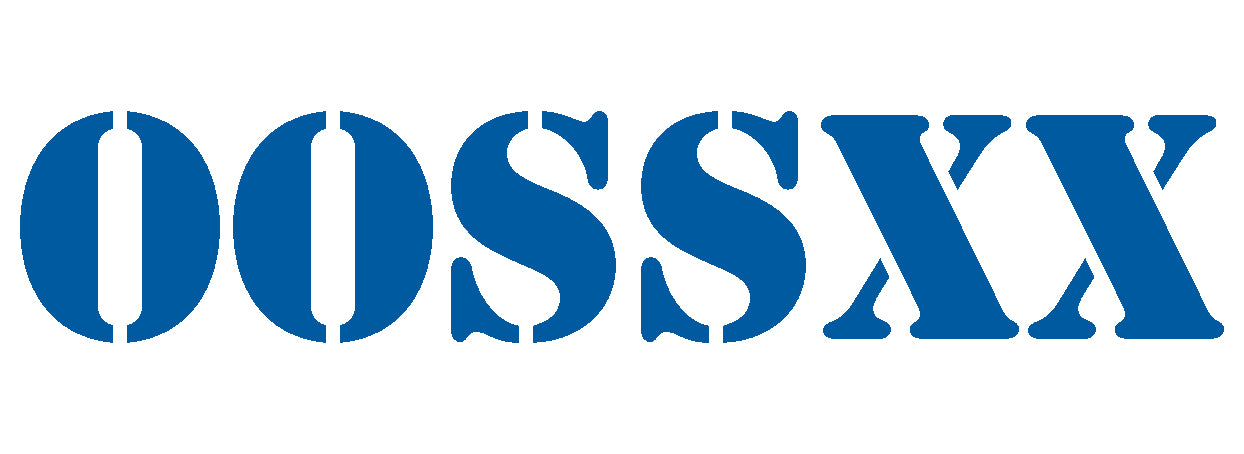A Security Camera Video Recorder serves as the central hub of your surveillance setup, storing and managing footage from your cameras. Whether you're building a new system or upgrading an existing one, choosing the right recorder is essential for reliable performance.
So, what types of recorders are available? How do you store footage using recorder software? And which options deliver the best value?
Let’s explore the most common and effective types of security camera recorders on the market.

NVR (Network Video Recorder)
A Network Video Recorder, is designed to work with IP cameras and is one of the most popular solutions for modern surveillance systems. Unlike older technologies, an NVR processes encoded video data directly from connected cameras over a network, offering high-quality recording and easier installation.
Most NVRs come with built-in hard drives and allow for multi-channel support—meaning a single NVR can manage several cameras at once. For example, an 8-channel OOSSXX Network Video Recorder can support up to eight cameras, making it ideal for whole-home coverage.
It’s important to note that some NVR systems are optimized to work best with cameras from the same brand. To ensure smooth performance and full feature access, we recommend choosing a complete OOSSXX NVR and camera kit for seamless compatibility.
Other Recording Options
While NVR systems are widely used for their reliability and scalability, other recording methods are also available depending on your needs:
-
SD Card Recorders: Built directly into some cameras, offering localized storage—ideal for single-camera setups.
-
PC or Laptop Recording: Uses specialized software to turn a computer into a video recorder.
-
FTP or Cloud Storage: Offers off-site storage, protecting footage even if the recorder is damaged or stolen.
Each of these can serve as a primary or backup storage method, though they may not offer the same continuous reliability as a dedicated NVR.








